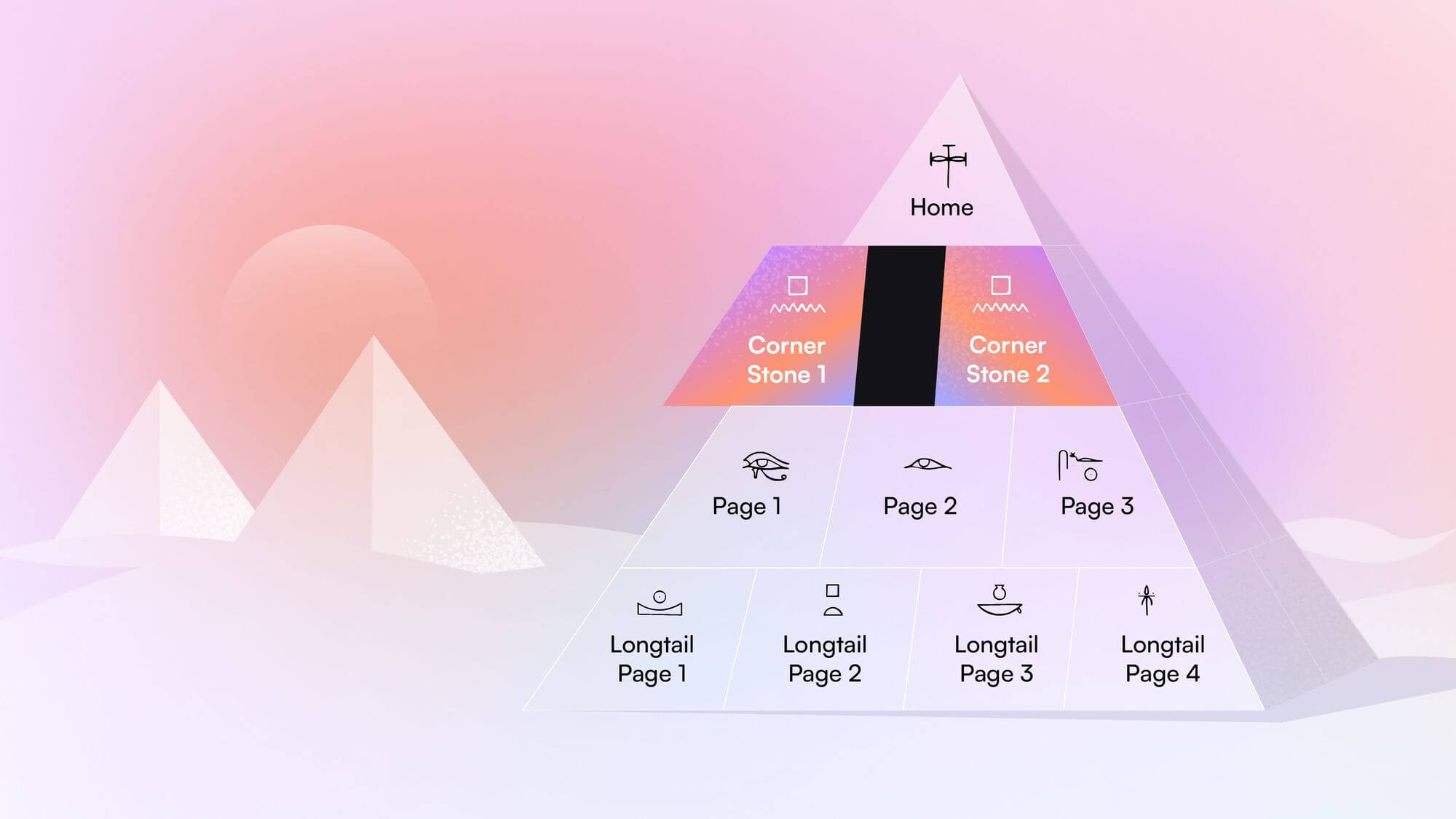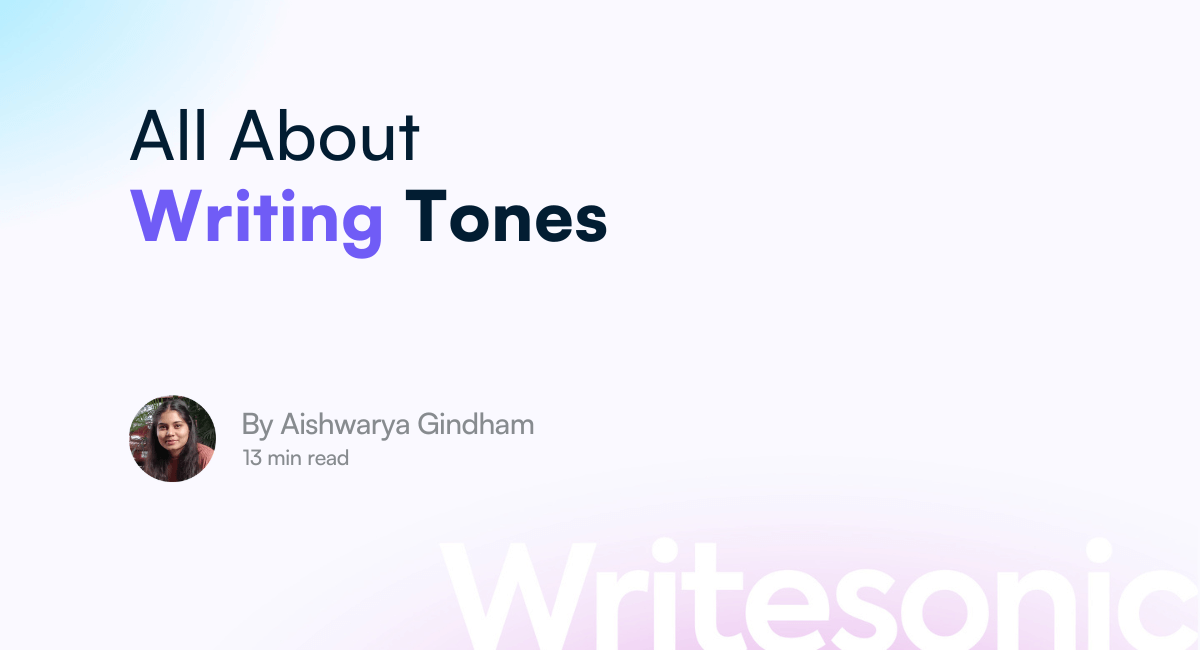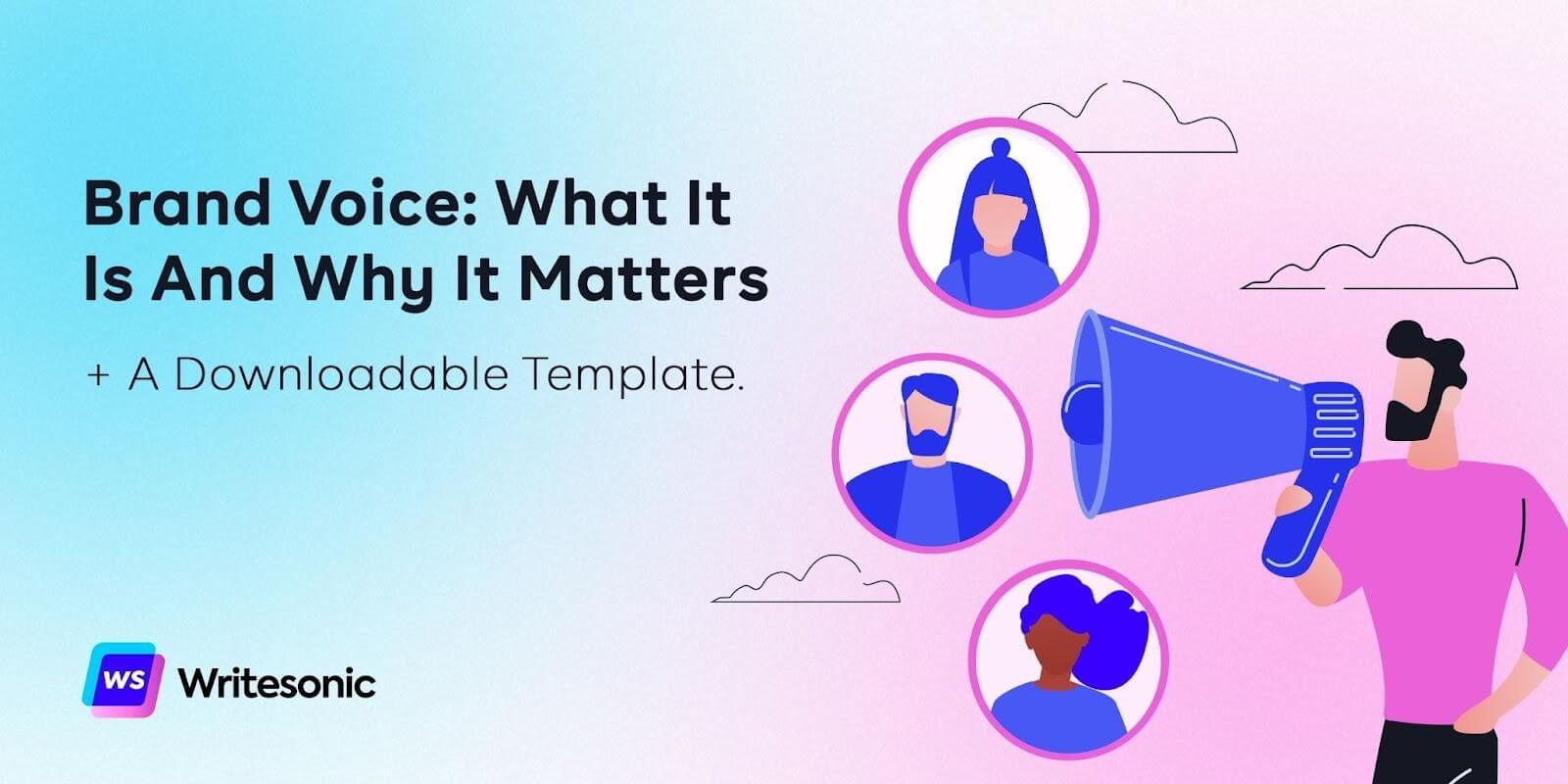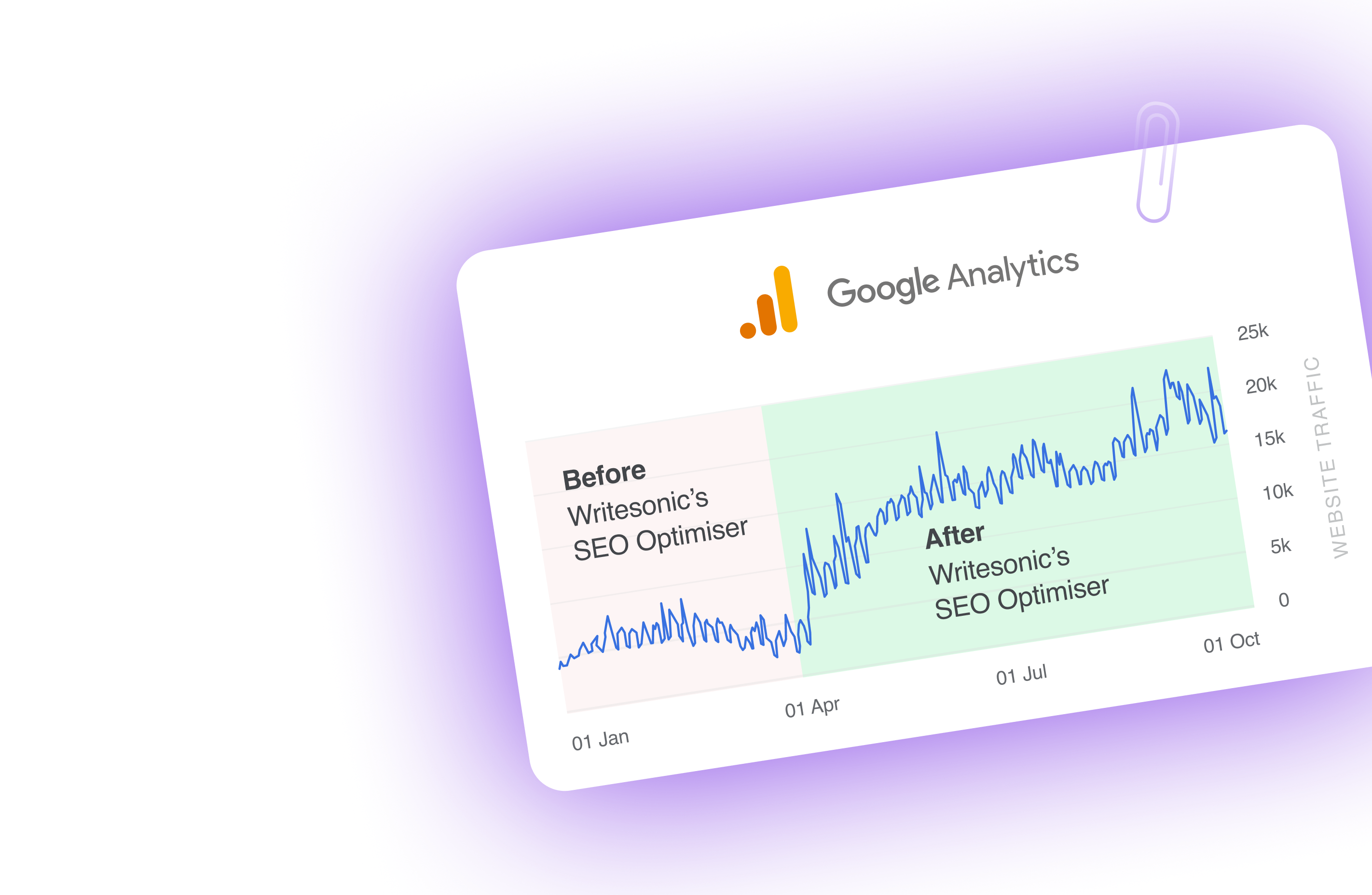Creating a blog post is just half the battle.
Making sure it reaches the right audience is the other half.
Check this: 80% of bloggers in 2023 report their efforts are driving tangible results. This indicates not just the power of blogging, but the importance of effective blog SEO strategies to ensure your content doesn’t vanish into the void of the internet.
Keep reading to explore the blog SEO tactics you need to join that successful 80%. It’s about enhancing visibility and creating meaningful connections with your audience.
In this blog post, you can find actionable advice to push your blog up in Google searches and increase reader engagement, helping you to maximize the reach and impact of your content in a crowded digital landscape.
What is Blog SEO?
Blog SEO is optimizing individual blog posts for search engines like Google and Bing. It focuses on keyword research, crafting compelling headlines and meta descriptions, and writing high-quality, relevant content.
With the help of proper blog SEO, you can stand out in crowded niches, maximize visibility, and attract more traffic to your blog post.
An effective blog SEO strategy involves strategically using long-tail keywords, creating informative and engaging posts that answer user queries, and adding internal links to improve navigation and time spent on the site.
In short, blog SEO makes your content discoverable, driving organic traffic and enhancing the reach and impact of your writing.
Learn more about what is SEO in our detailed guide and get ready to climb the Google rankings.
Why is Blog SEO important?
Blog SEO is a cornerstone in building a successful blog. Here, we break down its critical role in enhancing a blog’s performance and presence online.
- Drives targeted traffic: Blog SEO techniques like keyword targeting and content optimization ensure that your blog reaches a specific audience actively searching for your topics, leading to higher quality traffic and better engagement rates.
- Enhances user experience: Good blog SEO practices improve the readability and navigability of your blog, making it more appealing and accessible to visitors, which in turn encourages longer visit durations and repeat visits.
- Solidifies online authority: By consistently appearing in top search results for niche topics, your blog gains credibility and trust, establishing itself as a thought leader in its field.
- Boosts organic discoverability: Effective blog SEO reduces the need for paid promotions by enhancing your blog’s organic visibility on search engines, leading to cost-effective and sustainable growth.
- Longevity in rankings: With the ever-changing algorithm, the evergreen thing that can help you stay on top and improve your blog performance is creating SEO-optimized and high-quality content.
13 Blog SEO tips
Let’s deep dive into how to write a blog post that can rank on search engines. Here are 13 actionable Blog SEO tips that can make a real difference in how your blog performs in search rankings, step by step.
1. Conduct Comprehensive Keyword Research
The foundation of blog SEO lies in selecting the right topics. It’s not just about what you want to write; it’s about matching your interests with what your audience is actively searching for.
Use tools like Google Trends or even social media platforms for a pulse on what’s current and captivating. Or, you can try Chatsonic to find some better suggestions.
For every blog post, zero in on one primary keyword that closely aligns with your content. But don’t stop there; also explore semantic keywords – these are terms related to your main keyword. Including these variations helps ensure your content covers the breadth of what your audience is searching for, making your blog more relevant and searchable.
You can do this by using keyword research tools like Ahrefs, Semrush, and Ubersuggest. But they can be expensive, especially if you are just getting started.
That shouldn’t stop you! You can try free tools like the Writesonic Keyword Research Tool.
Here is how you can use it!
2. Understand and Match Search Intent
Diving deep into the ‘why’ behind your audience’s searches is a game-changer.
Your blog content should directly align with your audience’s queries. This means understanding the purpose behind their searches and crafting your posts to meet these needs.
Each query they type into search engines has an intent – be it to learn something new, find a specific website, or make a purchase decision. Your goal? To ensure your blog posts provide clear and relevant answers to their questions,
Let’s say someone is searching for “ChatGPT alternatives.” They’re looking for a set of tools they can try out, not a guide on what ChatGPT is.
Understand the search intent, whether it is commercial, informational, transactional, or navigational, and then align your content accordingly. See if it needs a how-to guide, listicle, comparison blog, or more.
This is the most important part of blog SEO, as it can help in boosting your blog’s relevance and effectiveness in search results.
3. Create Quality, Engaging Content
You might have heard that content is king. But not just any content – what sets your blog apart is the ability to publish articles that are not only informative but irresistibly engaging.
Your blog should speak to your readers. Focus on crafting posts that are comprehensive and engaging. Strive for content that not only informs but also keeps your readers hooked. Longer, well-structured articles that are easy to scan and read help in retaining reader interest.
Doing this manually can take a lot of time and effort. With AI writing tools like Writesonic AI Article Writer, you can actually create a high-quality blog post in just a few minutes. Simply input the topic, set parameters, and generate, and there you go!
The advanced AI Article Writer generates a factually accurate, high-quality and SEO-optimized article aligned with your brand voice in just 2 minutes.
After fine-tuning this draft, you will have a ready-to-publish blog post. This approach helps you publish quality content consistently.
Learn more about how to write a blog post using Article Writer 6.0.
4. Optimize Your Blog Structure and Formatting
A blog that’s easy on the eyes doesn’t just attract readers – it keeps them engaged. The secret? A logical, clear structure.
A well-structured blog is easier to read and understand. Start by using clear headings, such as H1 for your title, followed by H2 and H3 for subheadings. This not only makes your blog look organized but also helps search engines understand your content better.
Remember to include engaging introductions and conclusions in each post. Additionally, regularly linking to other relevant articles on your blog can enhance user experience and SEO. This internal linking keeps readers on your site longer and helps search engines index your content more effectively.
By incorporating these elements – clear headings, engaging introductions and conclusions, and strategic internal linking, a well-structured blog post becomes more than just information. It transforms into an enjoyable, easy-to-navigate resource that benefits both your readers and your SEO efforts.
5. Master On-Page SEO Elements
On-page SEO isn’t just another task on your blog SEO checklist; it’s the critical framework that makes your content discoverable and appealing to search engines and readers alike.
It’s about fine-tuning the various elements of your blog posts so they are optimized to rank higher and attract more targeted traffic. On-page SEO is all about the details.
Keyword optimization: Add the targeted keyword naturally into titles, headers, and body text. Strike the right balance to keep content reader-focused while still being SEO-effective.
Meta descriptions: Craft compelling meta titles and descriptions with your primary keyword. This isn’t just for SEO; it’s your first engagement point with potential readers in search results.
Image optimization: Use descriptive, keyword-rich file names and alt text for every image. This boosts SEO and makes your content more accessible.
URL structure: Opt for clean, keyword-inclusive URLs. They guide both search engines and users, improving your blog’s navigability and SEO ranking.
Quality content: Ultimately, the essence of on-page SEO is creating content that resonates. High-quality, relevant content naturally garners more interactions, shares, and recognition from search engines.
Going through different SEO parameter check for every blog post can be a tedious process in the long run. Instead you can use Writesonic’s SEO Checker and Optimizer to quickly analyze your content and find the missing SEO elements.
Learn more about how to use Writesonic’s SEO Checker and Optimizer.
Also, check out the top free SEO tools that you can try out in 2024 to level up your SEO game.
6. Enhance with Rich Media
The next crucial step in the blog SEO process is to add images and videos.
Elevating your blog posts with images, videos, and other forms of rich media isn’t just about aesthetics—it’s a strategy to captivate and retain your audience’s attention. You can try generating high-quality and captivating images using Chatsonic.
However, the key lies in balancing visual appeal with performance. Optimized media ensures that your site remains swift and responsive, a critical factor in enhancing user experience and SEO ranking.
Performance optimization: Large, unoptimized media files can slow your site to a crawl, negatively affecting both user experience and search engine rankings. To prevent this, compress your images and videos without significantly sacrificing quality. If your images appear blurry or unclear, consider using tools to unpixelate images for a sharper, more professional look.
This step ensures your site remains fast and responsive, crucial factors for holding your audience’s attention and improving your SEO.
Mobile-friendly media: With the majority of internet browsing happening on mobile devices, it’s imperative that your media content is responsive. This means ensuring that images and videos automatically adjust to fit different screen sizes, from desktop monitors to smartphones, ensuring a flawless viewing experience for all users.
By optimizing and ensuring the mobile-friendliness of your rich media, you not only boost the aesthetic appeal and engagement of your blog posts but also support faster loading times and better overall performance of your site—a win-win for your audience engagement and SEO health.
7. Focus on Technical SEO Aspects
Technical SEO might seem like the behind-the-scenes aspect of your blog’s performance, but it’s important to ensure that your blog reaches the right audience. It includes the technical elements that improve your site’s readability for search engines and enhance user experience, directly impacting your blog’s visibility and rankings.
Site speed: A fast-loading blog is essential. Ensure your blog loads quickly to reduce bounce rates and improve rankings. Compress images and streamline your code for faster loading times.
Mobile optimization: With the dominance of mobile browsing, a mobile-optimized site is indispensable. Adopt responsive design to guarantee a smooth experience for every visitor, regardless of their device.
Secure browsing: Switch to HTTPS to secure your site with an SSL certificate. This not only protects your visitors’ data but also positively impacts your search rankings.
Clean URLs: Use clear, concise URLs that incorporate keywords and are relevant to your post. This improves readability for both users and search engines, making your content easier to find.
Noindex Category/Tag Pages: Consider using ‘noindex’ for category and tag pages to keep them from cluttering search engine results.
Utilize SEO Monitoring Tools: Regularly use tools like Google’s Search Console to track your SEO performance, making adjustments as needed for continuous improvement. Doing timely SEO audit plays a very important role.
By focusing on these key technical SEO strategies, you lay a solid foundation for your blog, ensuring it’s accessible, secure, and primed for higher search engine rankings.
8. Leverage Advanced SEO Tactics
After you mastered the basic blog SEO, you can use these advanced SEO tactics to move to the next level.
- Aim for Featured Snippets: Optimize your content to appear in Google’s coveted featured snippet spot by directly answering common questions in your field.
- Add Schema Markup: Implement schema markup to help search engines understand your content better, enhancing the chances of rich result appearances.
- Don’t ignore image alt tags: Adding alt tags to the images helps to improve the website’s SEO.
- Programmatic SEO: Automate content generation to target long-tail keywords and specific user queries efficiently, significantly expanding your blog’s visibility and reach.
- Rich Results Optimization: Focus on earning featured snippets, FAQs, and “how-to” guides by utilizing structured data markup. This makes your content more visible and engaging directly from search results.
- Localization/International SEO: Customize your content and SEO strategies for different regions and languages. Tailor keywords, content nuances, and use hreflang tags for broader, yet targeted, global reach.
- Voice Search Optimization: Align your content with natural language queries and question-based searches to tap into the growing trend of voice search, providing direct answers to user queries.
By tapping into these advanced techniques, you can significantly elevate your blog’s SEO performance, leading to increased visibility and engagement.
9. Internal and External Linking
Effective internal and external linking is a quick win for boosting your blog’s SEO and user engagement.
Internal linking: Connect your content by linking relevant articles within your blog. It aids navigation, keeps readers engaged, and helps search engines index your site more thoroughly. Use descriptive anchor texts for added relevance.
External linking: Link out to authoritative sources to back your claims and provide additional value. It signals to search engines that your content is trustworthy and well-researched, potentially boosting your blog’s authority.
Incorporating these linking strategies can significantly enhance the structure and credibility of your blog, making it more attractive to search engines and readers alike.
10. Regular Content Updates and Refreshes
Keeping your blog’s content fresh and up-to-date is crucial for maintaining relevance and engagement. Regularly revisiting older posts to update information, add new insights, or refresh outdated content can significantly boost your SEO efforts. This practice keeps your content current for readers and signals to search engines that your site is active and reliable.
Here are a few things you can do:
Audit existing content: Periodically review your existing posts to identify opportunities for updates, additional information, or improvements in readability and SEO. This could involve updating statistics, incorporating new developments, or refining your keyword strategy.
Refresh for relevance: Markets and industries evolve, and so should your content. Ensure your posts remain relevant by reflecting the latest trends, data, and insights. This boosts your SEO and reinforces your authority and trustworthiness in your niche.
Update publication dates: When you significantly update a piece of content, consider adjusting its publication date to reflect the new version. This can increase your content’s visibility, signaling to both readers and search engines that your information is current.
Encourage revisits: Regularly updating your content attracts new readers and gives existing audiences a reason to revisit your site. This increased engagement signals to search engines the enduring value of your content, potentially boosting your rankings.
Also, monitoring your site’s performance is equally important. Use tools to track metrics like traffic, engagement, and search rankings. This analysis helps identify areas that need improvement, ensuring your blog continually evolves and stays ahead in the ever-changing landscape of SEO.
11. Link Building and External Connections
Link building and nurturing external connections are important for amplifying your blog’s reach and authority. These strategies go beyond your site’s content, tapping into the broader web ecosystem to boost your SEO and credibility.
Strategic guest posting: Craft high-value, informative content for reputable sites in your niche. Not only does this position you as an expert, but it also creates backlinks to your blog, signaling its value to search engines.
Leverage social media: Share your content on social media platforms to widen its exposure. Engaging with your audience here can lead to shares and mentions, indirectly boosting your blog’s visibility and potential for organic backlinks.
Collaborate with influencers: Partner with influencers or thought leaders in your field. Their endorsement can introduce your blog to a wider audience and generate quality backlinks through shared content or mentions.
Engage in community forums: Participate in relevant online communities and forums. Offering helpful advice and sharing relevant blog posts can build your reputation and encourage natural links to your content.
By focusing on building strong external connections and earning quality backlinks, you reinforce your blog’s standing on the web, improving both its search engine rankings and its appeal to new readers.
12. Community Engagement and Social Sharing
Engaging with your blog’s community and encouraging social sharing are vital strategies for extending your content’s reach and enhancing its impact.
Engage on social media: Promote your blog posts across your social media platforms to drive traffic and spark conversations. Utilize hashtags, join relevant groups, and participate in discussions to increase visibility.
Encourage comments: Invite your readers to comment on your blog posts. Responding to comments builds a relationship with your audience and encourages a lively, engaged community around your content.
Share buttons: Make it easy for readers to share your content by including social share buttons on your blog posts. These buttons can significantly increase the likelihood of your content being shared, amplifying its reach.
By prioritizing community engagement and making social sharing effortless, you boost your blog’s visibility and create a more dynamic and interactive platform for your audience.
A vibrant, interactive presence on social media helps create a loyal following, drives traffic, and enhances the reach of your content, making it an essential component of a successful blog SEO strategy.
Once again, Writesonic comes to your rescue with multiple tools for social media. You can create posts in minutes for different social media platforms. And here’s the best part – simply go to the Sonic Editor and select ‘Generate Highlights.’ Choose the supporting copy you need and hit ‘Generate,’ and there you go.
13. Track the Blog SEO
Monitoring the effectiveness of your blog’s SEO strategy is crucial for understanding what works, what doesn’t, and where to adjust your efforts. Here are key ways to track your blog’s SEO performance effectively:
Use Google Analytics: Google Analytics is a powerful tool for tracking your blog’s traffic sources, user behavior, and engagement metrics. Trends in organic traffic, i.e., visitors coming from search engines – directly indicate your SEO performance. Pay attention to the bounce rate and average session duration to gauge content engagement.
Monitor Keyword Rankings: Keep an eye on where your blog ranks for its target keywords. Tools like Google’s Search Console, Ahrefs, or SEMrush can provide insights into your keyword performance, helping you identify opportunities for improvement or adjustment.
Check Backlink Quality and Quantity: Backlinks are a vote of confidence from other sites and a crucial factor in SEO. Use tools like Moz or Ahrefs to assess the number and quality of backlinks pointing to your blog. A growing number of high-quality backlinks suggests your content is seen as valuable and authoritative.
Evaluate Conversion Rates: SEO isn’t just about driving traffic—it’s about attracting the right kind of traffic. Depending on your goals, analyze how well your blog converts visitors into subscribers, leads, or customers. Tools like Google Analytics can help you track these conversions by setting specific goals.
Assess Page Speed: Page loading times can significantly impact both SEO and user experience. Use Google’s PageSpeed Insights to check your blog’s loading times and receive suggestions for improvement.
Regularly reviewing these metrics will provide actionable insights to refine your SEO strategy, ensuring your blog continues to grow and engage your target audience effectively.
You must have the right set of tools to develop and implement your blog seo strategy. Here, you can learn more about the best SEO content writing tools and write blogs that ranks well on SERPs!
Take the first step to optimize blogs today
Mastering Blog SEO is a blend of strategies, from in-depth keyword research to enhancing your blog’s structure and mobile optimization. Regularly updating content and engaging with your audience also helps in boosting your blog’s SEO.
As an all-in-one tool with 100+ features and use cases, Writesonic can significantly add value and help you speed up the blog SEO process. It can streamline keyword integration, optimize content structure, and write SEO-optimized blog posts.
You can efficiently implement these SEO strategies, ensuring your blog reaches its target audience and maintains a strong and growing online presence.
Leveraging Writesonic can elevate your blog’s SEO performance, ensuring it connects with the right audience and helps you maintain a strong and growing online presence.

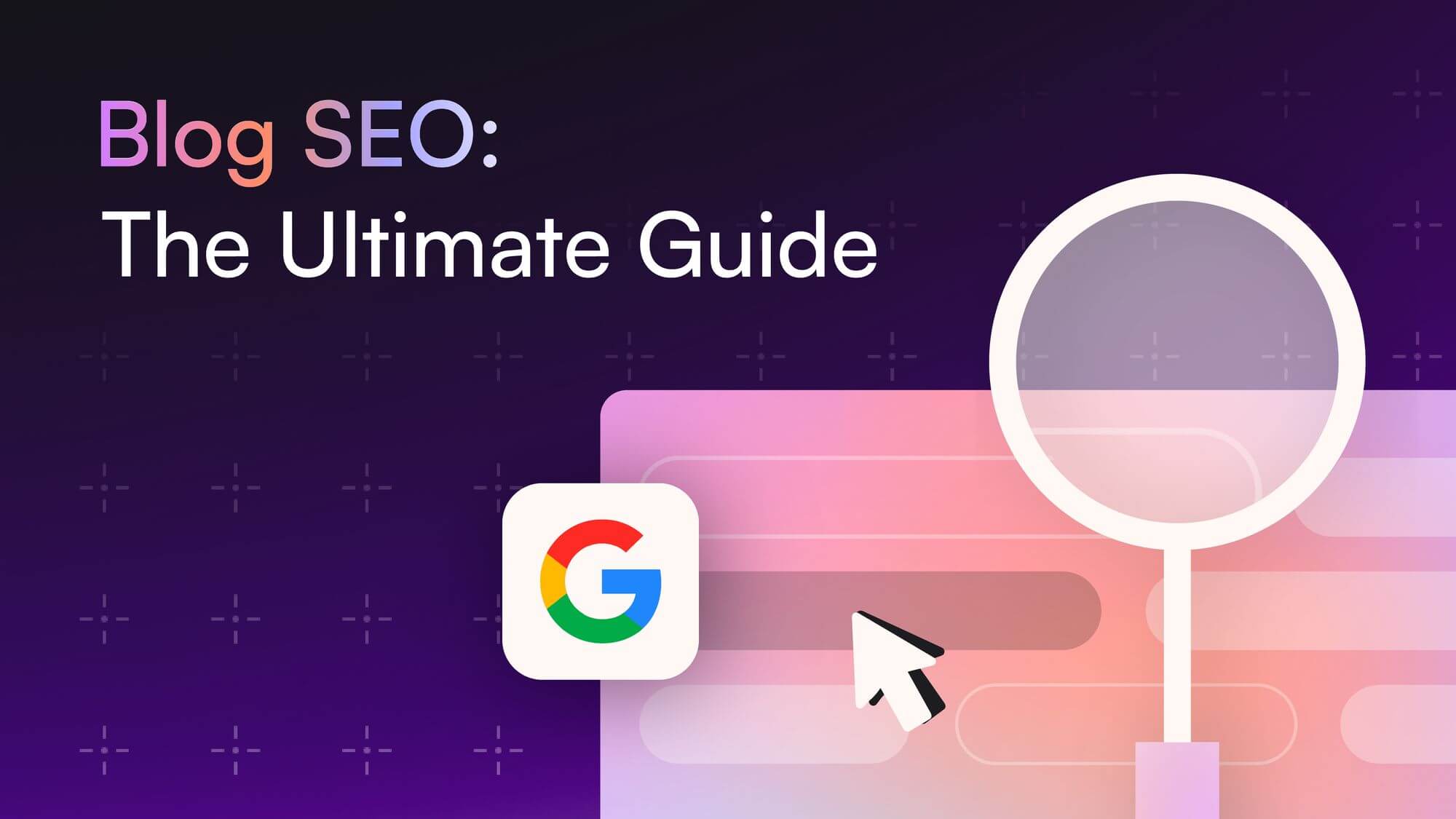
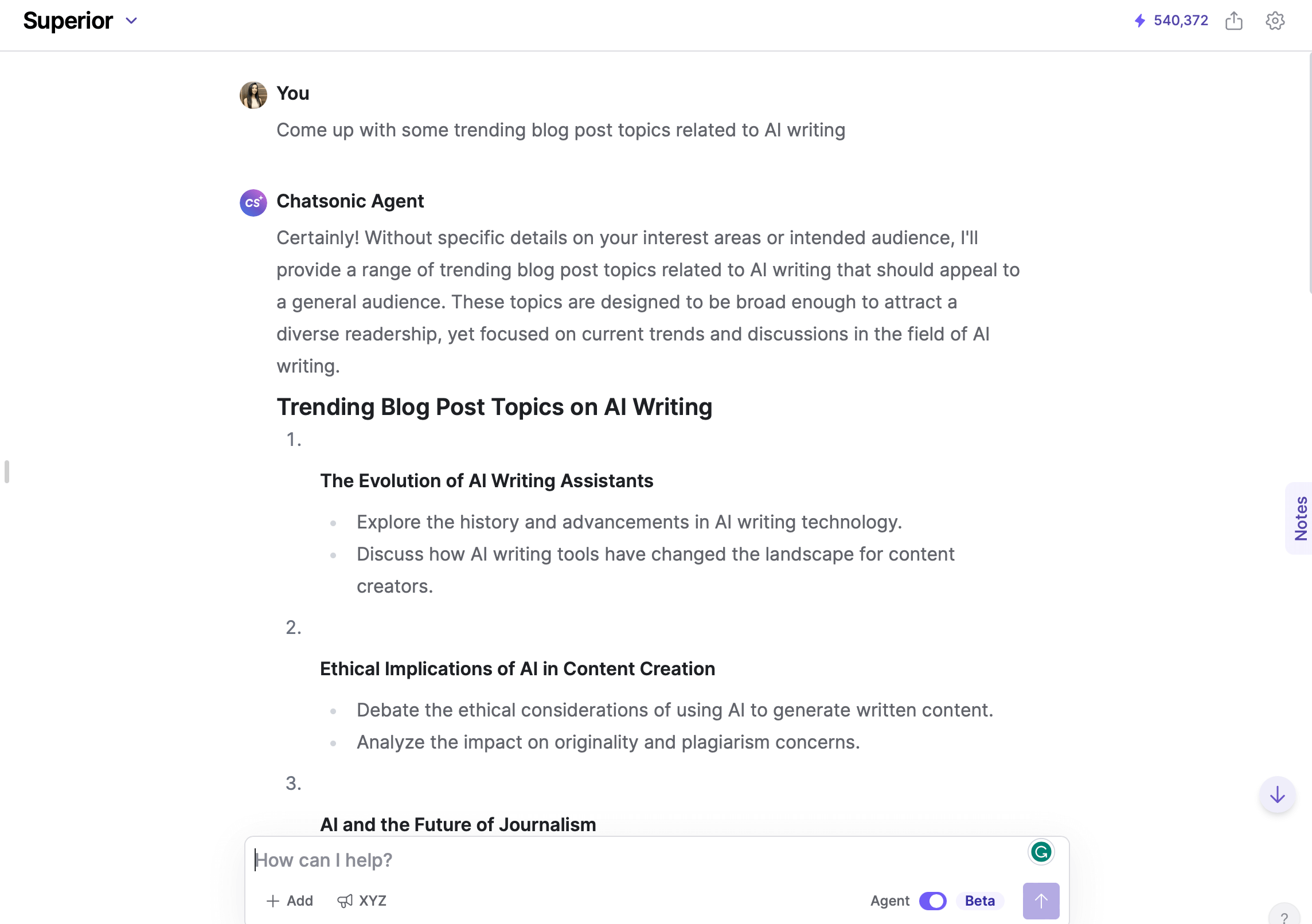
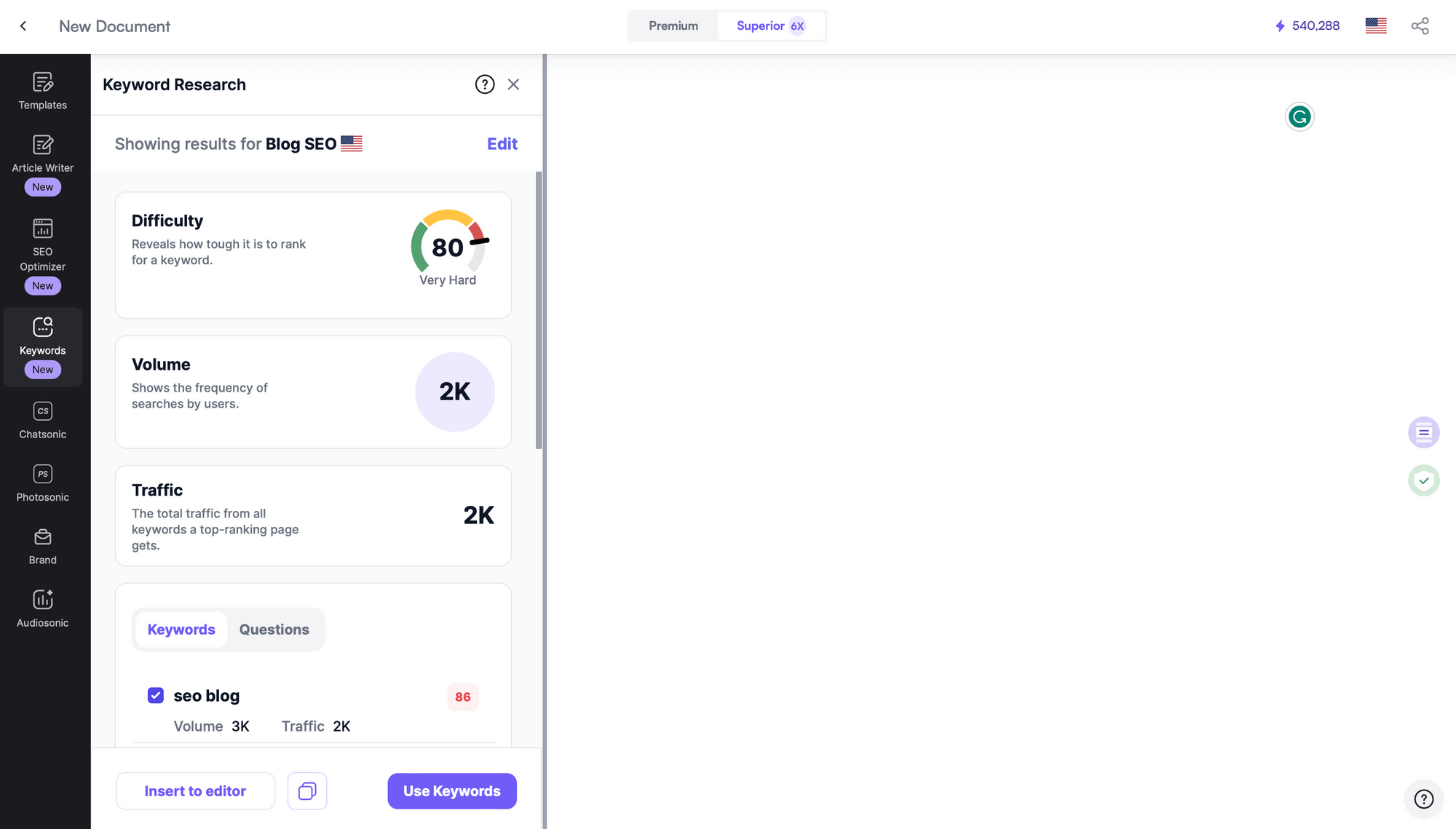
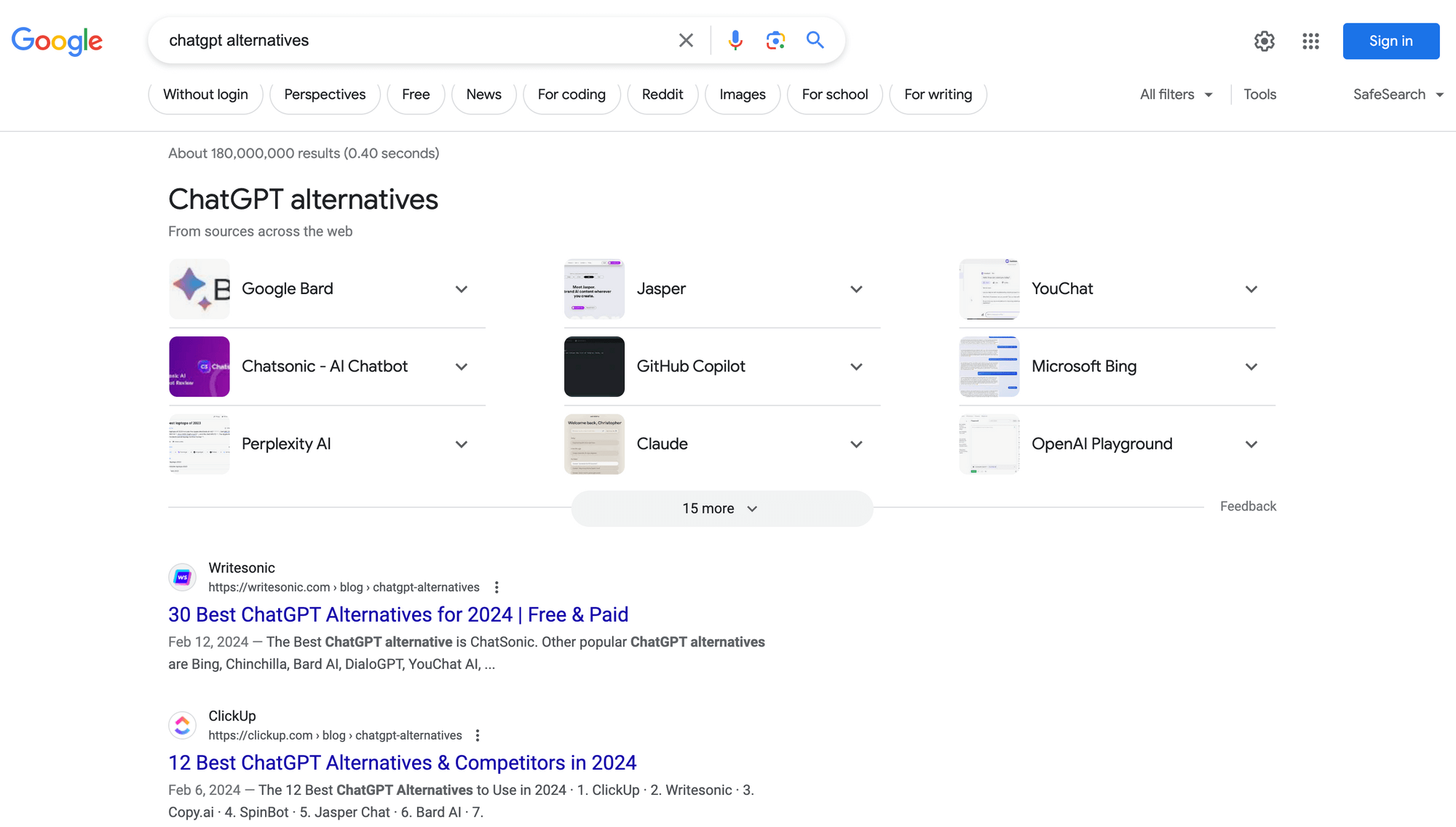
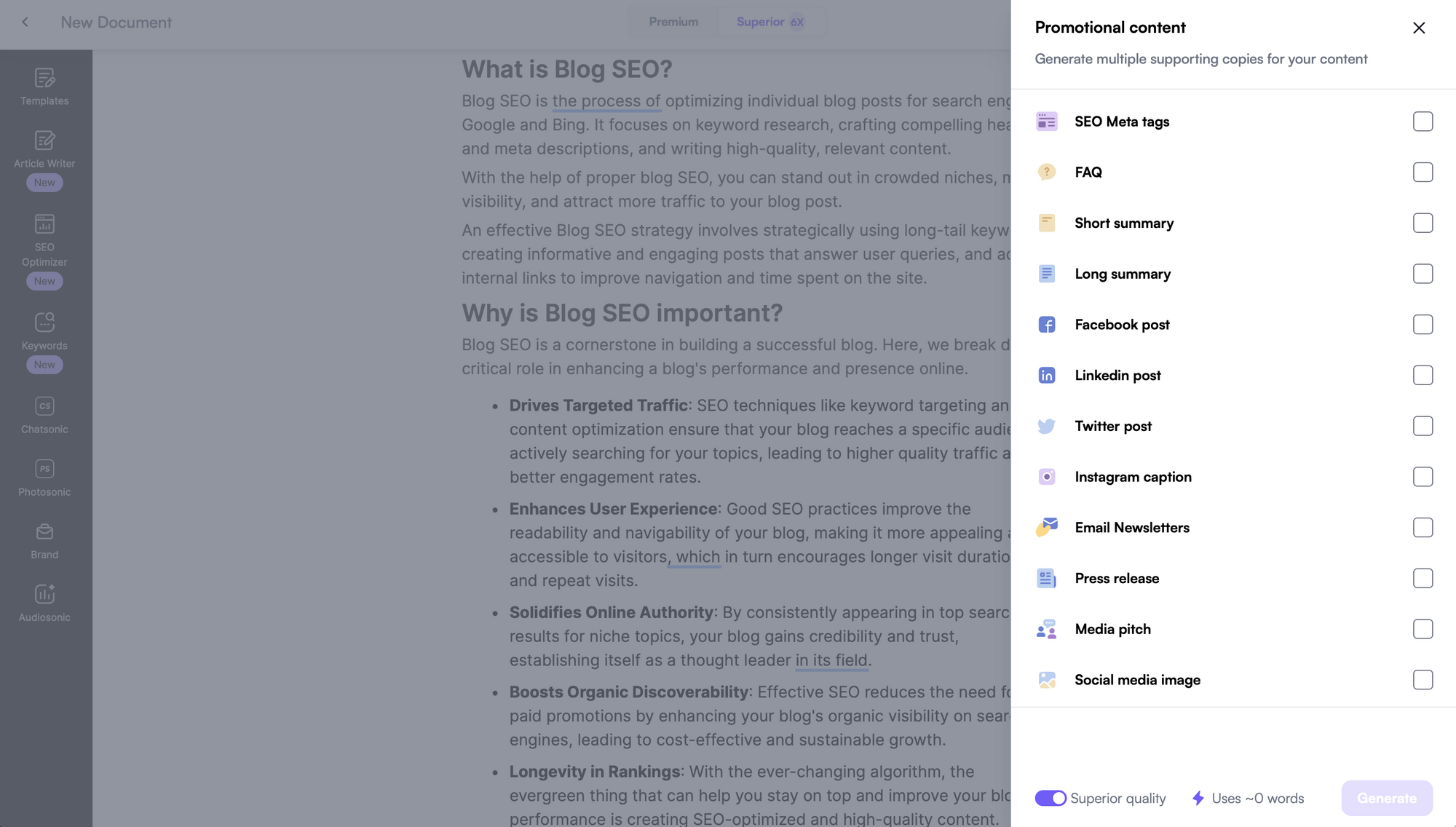






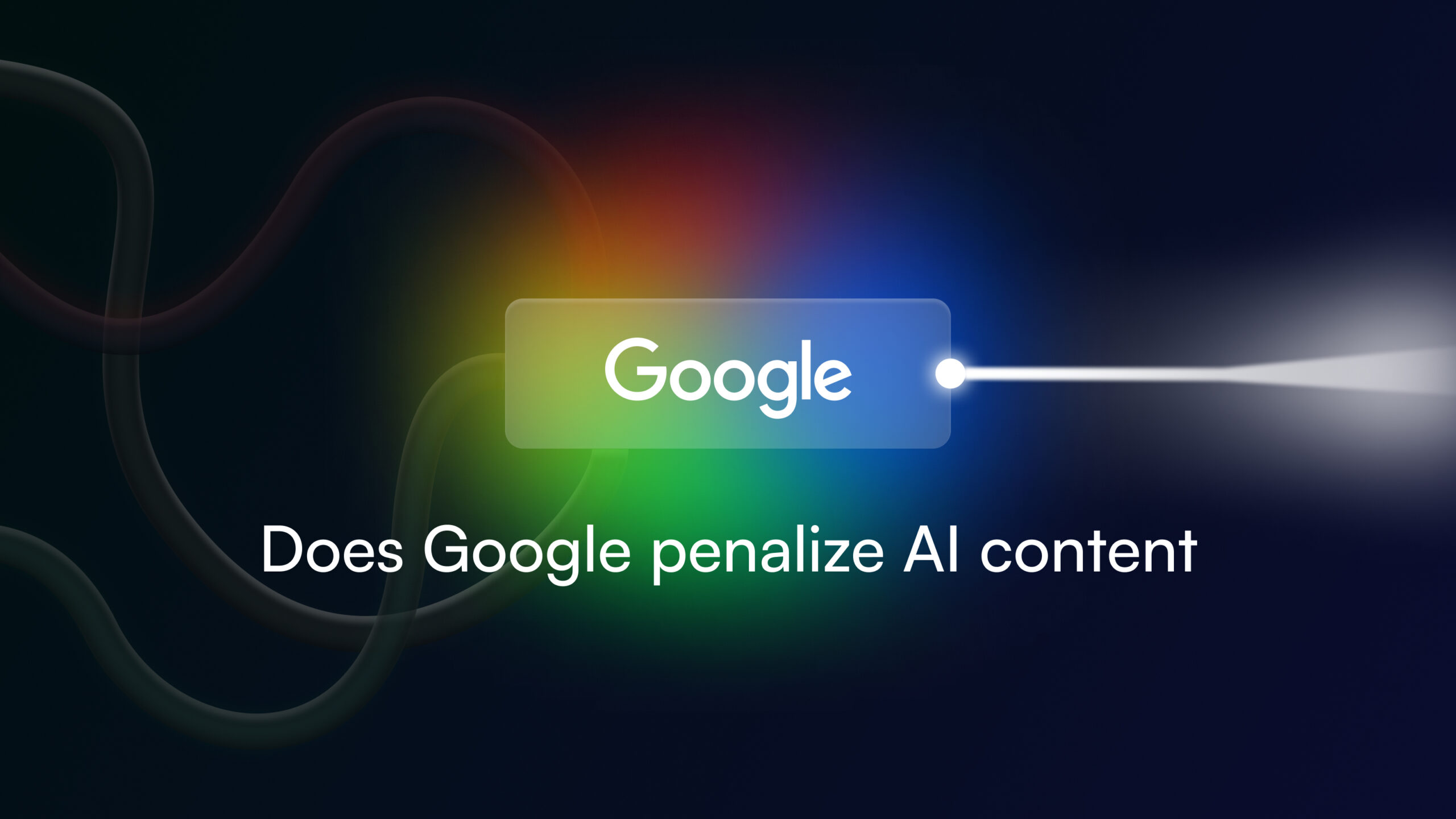

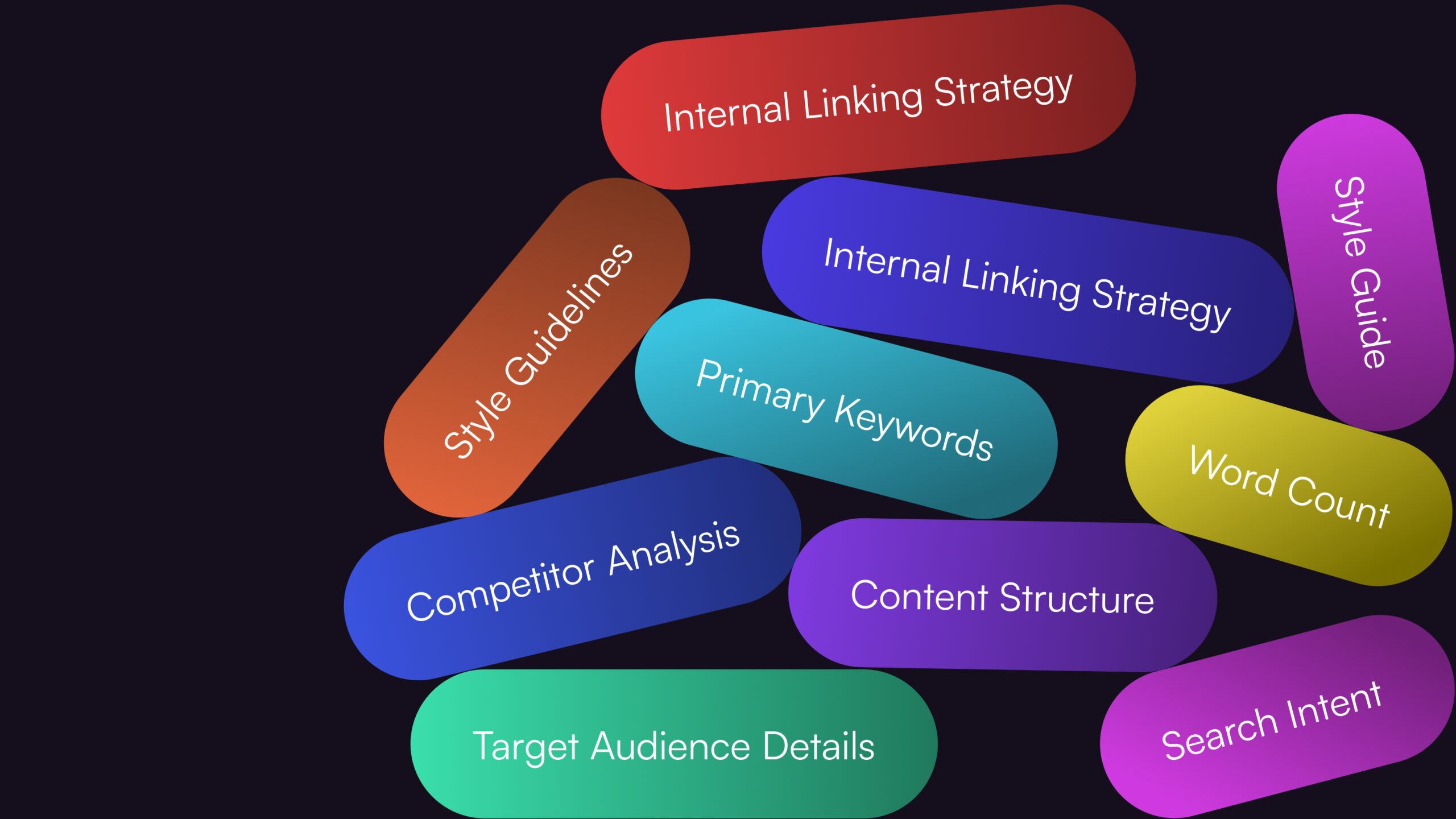


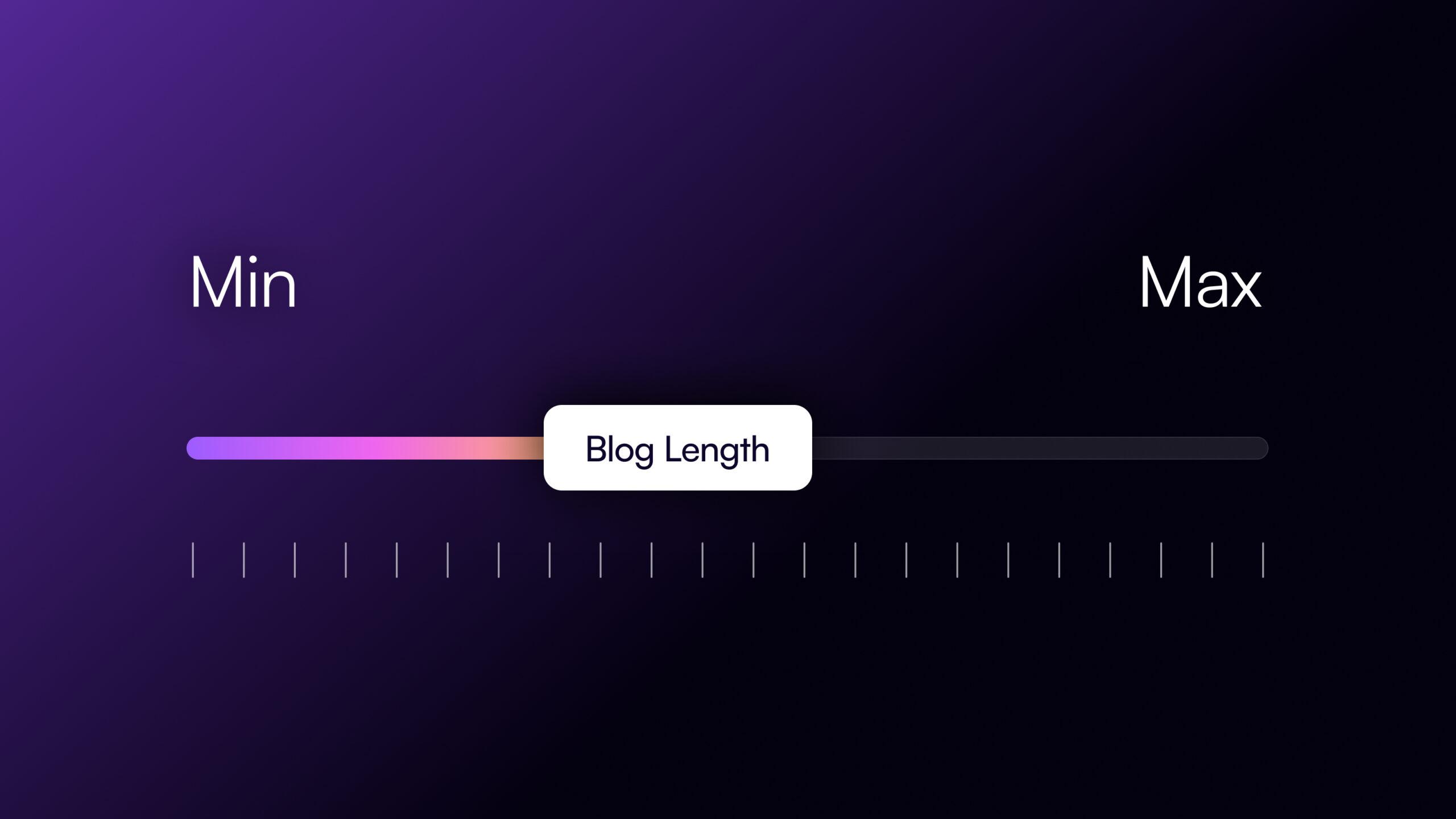
![The 11 Best AI Writing Tools to Try in 2025 [Tried & Tested]](/wp-content/uploads/AI-Writing-tools-For-Business.jpg)

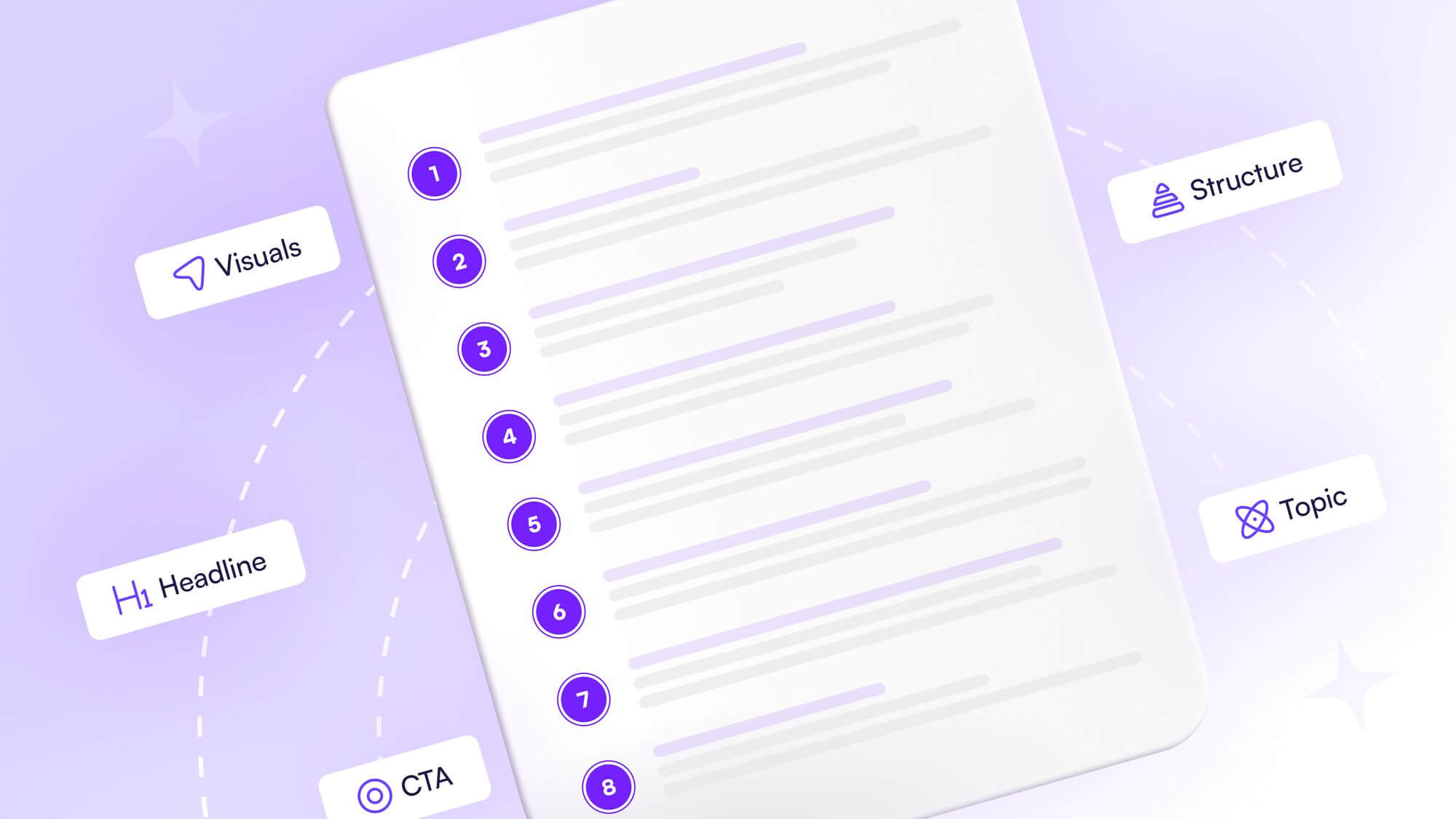
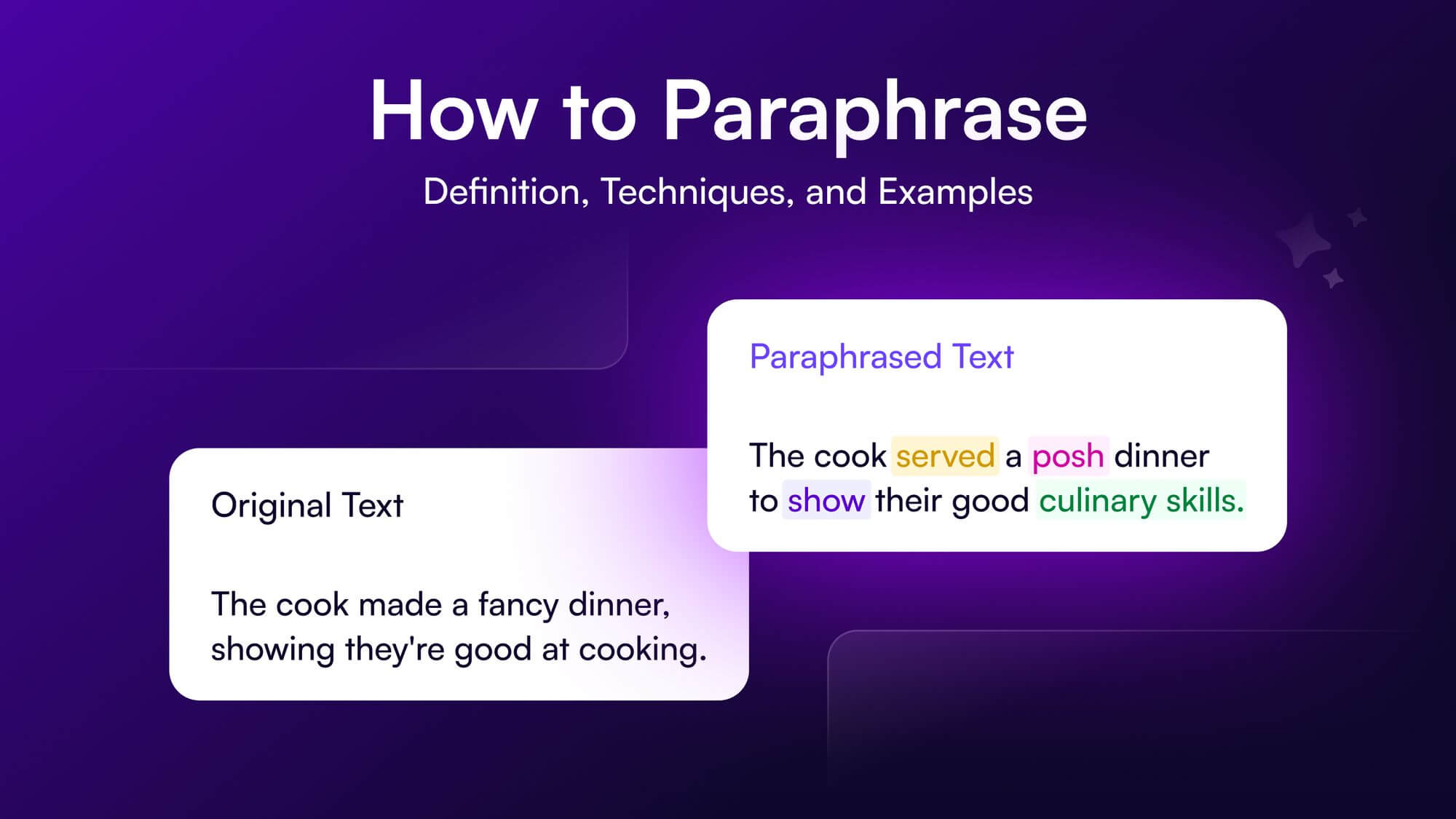


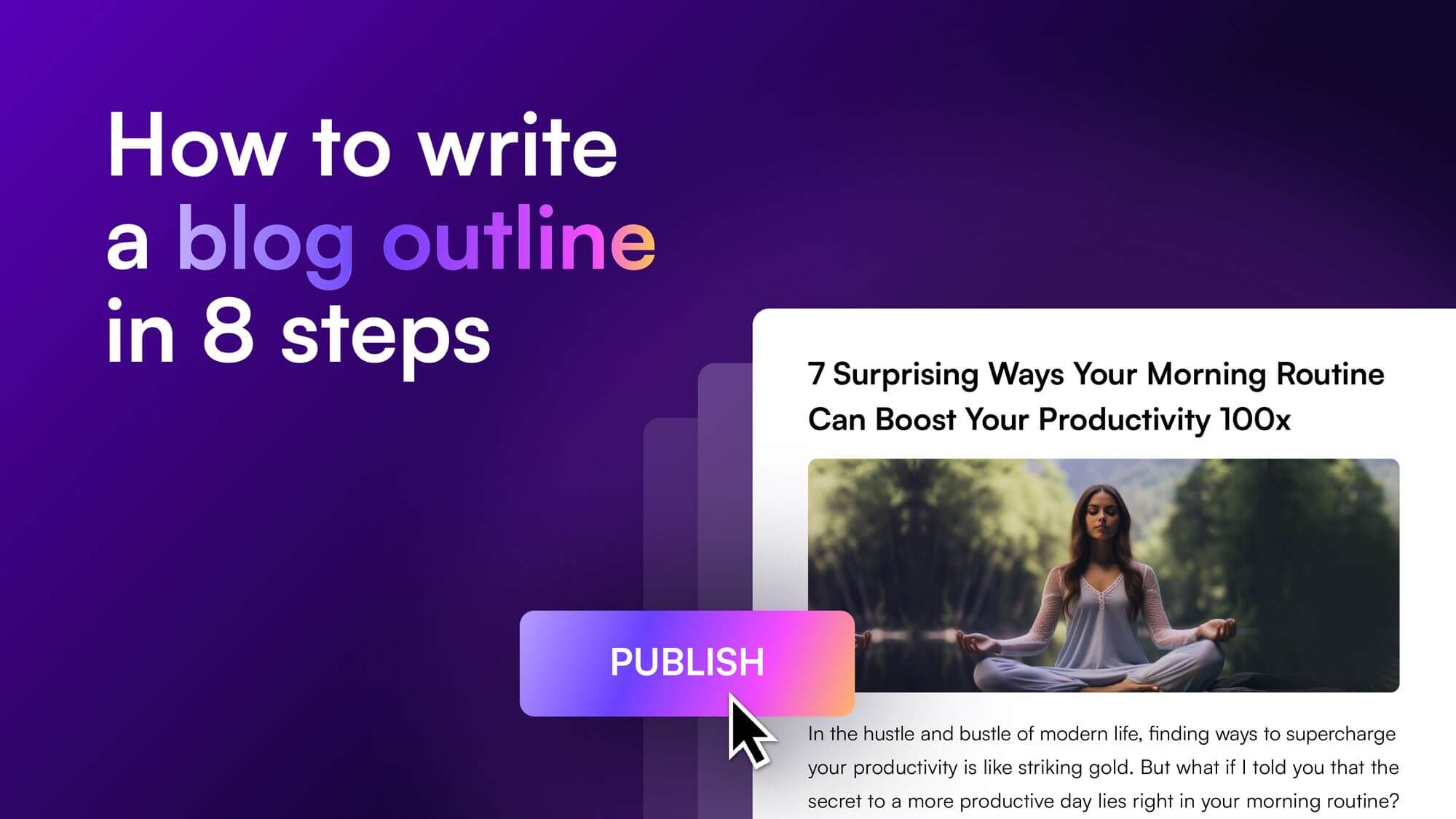


![How to Write a Blog in 2025: A Step-by-Step Guide [+Free Checklist]](/wp-content/uploads/How-to-write-a-blog-Thumbnail.jpg)


